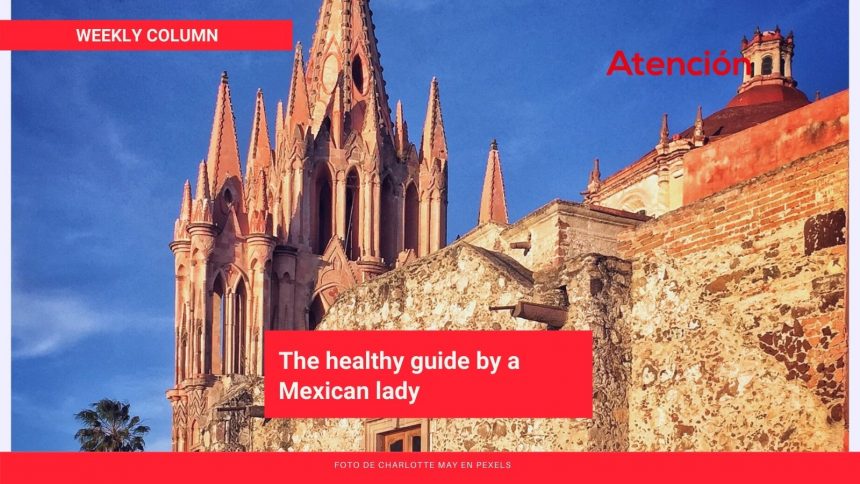By Carmen Rioja
Why is San Miguel de Allende in the heart of so many people? Some believe it started in the 1950s when the city became famous among Americans thanks to Walt Disney discovering it and filming a movie here called “The Littlest Outlaw,” which included street scenes from here and Atotonilco.
But it was long before, in the 18th century, when San Miguel became famous among Europeans when progressive philosophers opened a school—the first on the American continent—that they named El Colegio de Sales. Located next to the Oratorio de La Salud and in front of the Plaza Civica square, the University of León occupies the space today, continuing its educational tradition.
The Villa of San Miguel el Grande had its heyday during the 18th to 19th centuries as a meeting place on the important Camino Real de Tierra Adentro, the silver road. It was also a desirable destination for travelers from Mexico City or European cities who were seeking a more peaceful life, for example, Father Luis Felipe Neri de Alfaro, founder of the Sanctuary of Atotonilco. The city was also a university destination as well as a religious center since it housed convents of the most important mendicant orders. Many young people came from other destinations to establish their academic or religious residence here.
It was after the Mexican War of Independence in 1810 and the Mexican Revolution in 1920 when San Miguel, like the rest of the nation, suffered the worst devastation and deterioration. Altars were destroyed, looted, and sometimes burned. Churches became chicken coops, stables, public toilets and homes for bats, pigeons, and rodents. As late as 1994, this was the case in the side chapels of Atotonilco, where poverty was so extreme that thousands of parishioners were using the Holy Sepulcher as a toilet.
The transformation of San Miguel was achieved thanks to its first generations of North American residents such as Dotty Vidargas, Mexicans such as Xavier Barbosa from the capital, great botanists like Stirling Dickinson, and mystics like José Mojica from San Miguel, an actor who later left his successful career as a baritone in Hollywood to take up monastic habits and seclude himself into a life of spiritual peace. They were also the times of the famous Mexican painters Diego Rivera and Siqueiros. Artists of all disciplines have found inspiration for their creativity in the fountains, alleys, corners, and secret gardens of this beautiful city. Little by little, the recovery took place. That is why figures such as Walt Disney or David Rockefeller in their passage through the town were decisive.
In the psychedelic 70s, traveling to Mexico was an obligatory adventure. Several famous writers of the Beat generation again made the city fashionable. Among them, Jack Kerouac and Neal Cassady left their mark in the town canteens until Cassady lost his life one morning; it is said that his body was found already almost frozen near the train tracks.
Tourists from all over the world, characters that we could not imagine, and famous actors like Salma Hayek, Antonio Banderas, and Harrison Ford… the list of those captivated by San Miguel’s magic is endless. Why have they decided to come and then return or sometimes stay in this city? Perhaps because of its quartz in the subsoil, the hot springs, the vast views of the horizon, and its colorful sunsets. But I think it’s the people, the mix, the kindness, and the desire to always listen to others before trying to convince them of whatever propaganda one brings.
Hopefully the electoral campaigns that have begun in city become an exercise of listening and that the candidates listen, not only for the family but also for the children of others, for the sections, the others, the outsiders, the marginalized, the forgotten ones, those who speak a native language and yet have not yet been heard. Hopefully, we learn to listen rather than speak to persuade and believe that our Eurocentric way is the best. None is better; it is only the constant exercise of dialogue and consensus among all the rich diverse currents of thought that will make us healthy and interconnected in a strong community fabric. This is the spirit that always seems to be born from the bowels of these lands, a community spirit, a daily polysemic exercise, a community health spirit. Visiting or living in San Miguel de Allende is to walk, observe, listen and breathe the magic of its people and its past. Respect and preserve its simplicity.
Carmen Rioja, Mexican artist who specialized in art restoration, and creative workshops. She likes to write stories and poems and throw them in imaginary bottles into the sea. She has published the books “La Muerte Niña” and “Rojo 43.”

